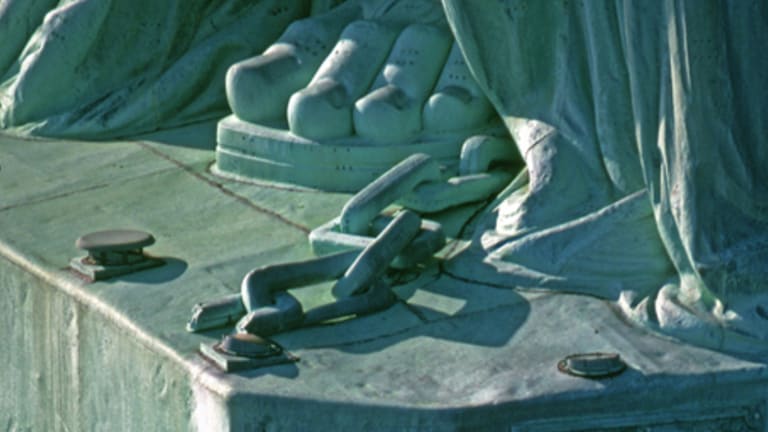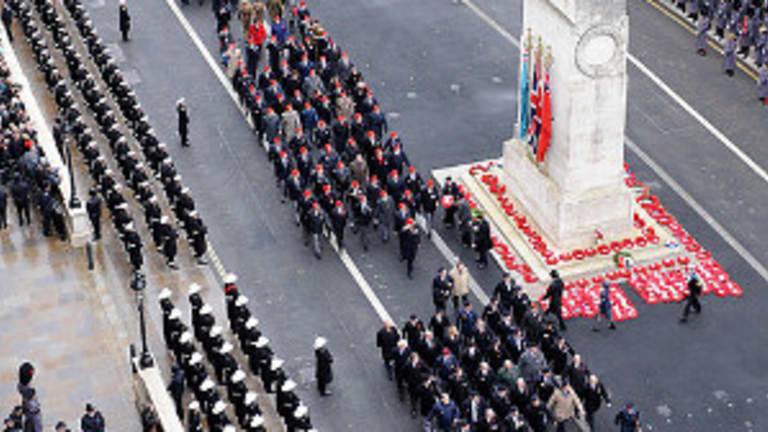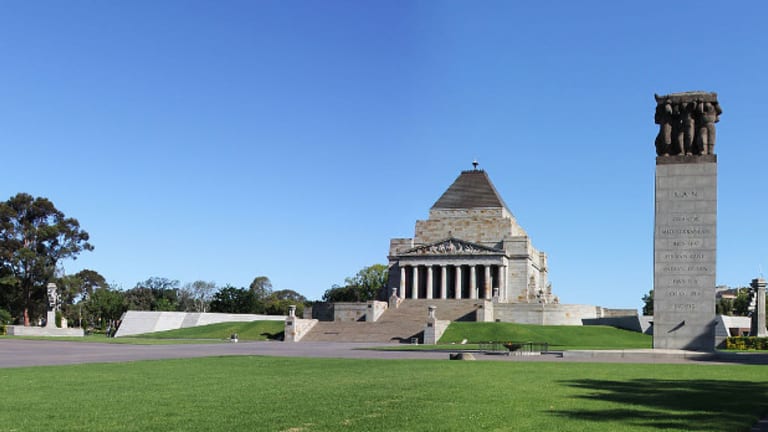Tennis has been described by more than one of its writers as a “metaphorical duel.” The racquets are the guns, the balls are the bullets, and after the players have fired all of their shots, only one of them is left standing.
The game’s best players, those who know how it feels on court, usually leave out the metaphorical part—it's real to them. They also tend to expand their description of the sport from a duel to something more all encompassing in its brutality: War. The sentiment was best articulated, naturally, by tennis' most battle-hungry champion, Jimmy Connors. “People don’t seem to understand,” Jimbo said, presumably with a growl, “that it’s a goddamned war out there.”
Whoever was in charge of naming the big new tennis center on the edge of Paris in the 1920s had war on their minds as well. To the question Who was Roland Garros?, the answer is usually given, blandly and vaguely, that he was a French aviator. That’s true, but he was also the first pilot to mount a machine gun on an airplane and, during World War I, use it to shoot down an enemy craft.
Garros was eventually shot down himself and imprisoned. After escaping from a German POW camp, he was shot down again and killed, a day before he was to turn 30. Roland Garros the man wasn’t quite an “ace”; he shot down four planes, and it takes five to earn that label. But his name lives on through tennis, even if most of us don’t realize it. In a sense, Roland Garros the facility and Roland Garros the tournament are elaborate, beautiful, and very useful war memorials.
It's not the only monument to battle that you see as you travel the Grand Slam circuit.


